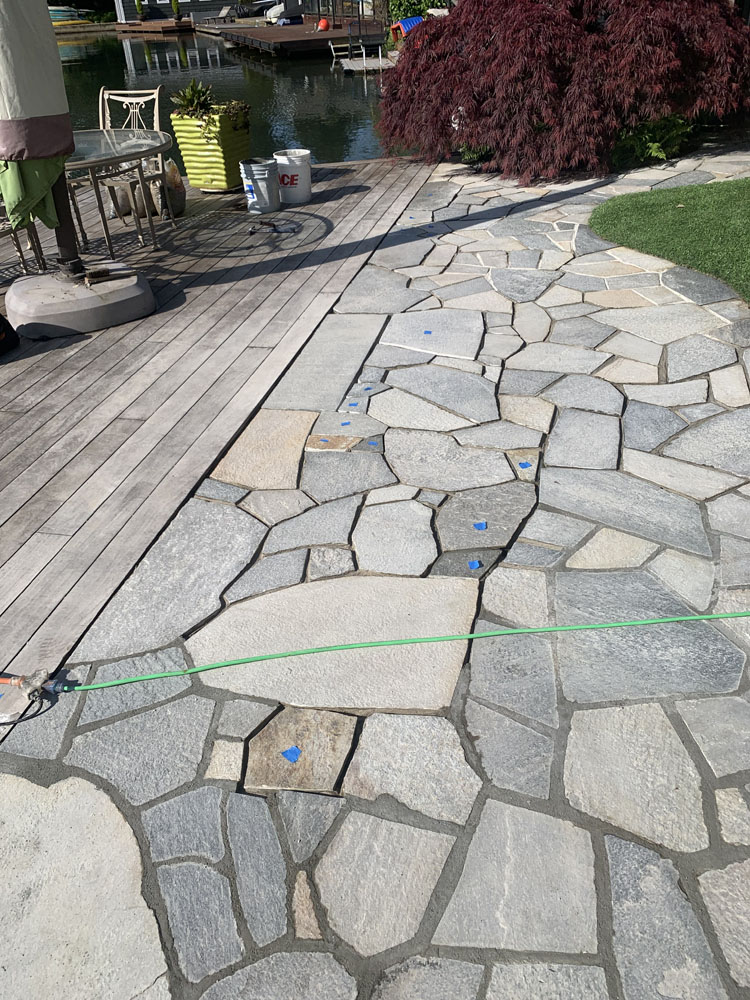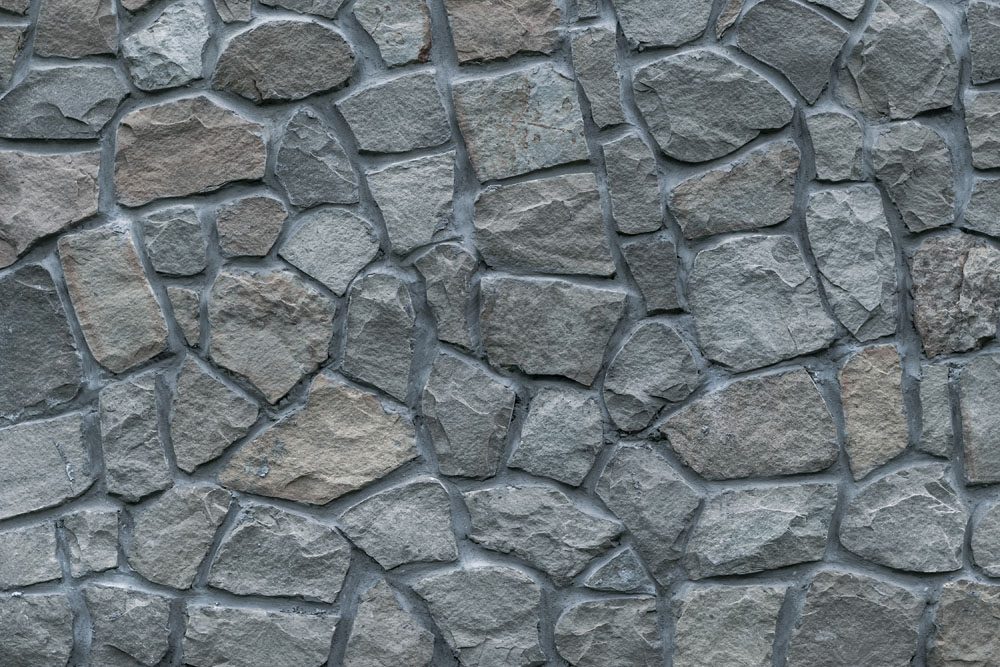Introduction
Masonry walkways serve as both functional pathways and aesthetic enhancements to our outdoor spaces. Made from durable materials like stone, brick, or concrete, these walkways can withstand foot traffic and weather conditions. However, just like any other outdoor structure, their longevity is significantly influenced by weather patterns. In this article, we'll delve deep into how weather affects the longevity of your masonry walkway, exploring various aspects such as temperature fluctuations, moisture levels, and seasonal changes.
By understanding these influences, you can effectively maintain your masonry pathway and prolong its life.
How Weather Affects the Longevity of Your Masonry Walkway
Weather plays a crucial role in determining how long your masonry walkway will last. The constant exposure to elements like rain, snow, heat, and wind can lead to wear and Masonry Contractor tear over time.
1. Temperature Fluctuations
Understanding Thermal Expansion and Contraction
Temperature changes cause materials to expand and contract. For masonry walkways made from stone or concrete, this means that extreme temperature variations can induce stress within the material.
- Expansion: When temperatures rise, masonry expands. Contraction: When temperatures drop, it contracts.
Over time, repeated cycles of expansion and contraction can lead to cracks and structural weaknesses.
Impact on Different Materials
It's essential to note that different types of stones react differently to temperature changes:
- Granite: Highly resistant to thermal changes but may still crack under severe conditions. Limestone: More susceptible to damage due to its porous nature.
2. Moisture Levels: Rain and Humidity
Effects of Water on Masonry Walkways
Moisture is one of the most formidable enemies of masonry walkways. Here’s how:

- Water Absorption: Many stone materials can absorb water which leads to swelling. Freeze-Thaw Cycle: When absorbed water freezes in cold temperatures, it expands and causes cracking.
Preventive Measures Against Moisture Damage
To protect your masonry walkway from moisture damage:
- Install proper drainage systems. Seal joints between stones with a waterproof compound.
3. Seasonal Changes: Spring Thawing and Winter Freeze
Understanding Seasonal Effects on Your Walkway
Each season brings unique challenges for maintaining your masonry walkway:
- Spring: Rapid thawing may cause erosion if water accumulates in cracks. Summer: Intense heat may lead to increased evaporation; thus requiring irrigation in surrounding vegetation.
4. Wind Erosion & Its Effects on Masonry Walkways
The Role of Wind in Physical Wear
Although we often overlook it, wind can cause significant physical wear on masonry surfaces:
- Dust particles carried by wind can act as abrasives against your walkway. Persistent winds may shift loose stones or bricks out of alignment.
5. Sun Exposure and UV Impact on Stones
UV Degradation Over Time
The sun's ultraviolet rays can degrade certain types of stone used in masonry walkways:
- Fading Colors: Brightly colored stones may lose their vibrancy when exposed for extended periods. Material Weakening: Over time, UV radiation can weaken some types of natural stone.
6. Chemical Reactions with Weather Elements
Understanding Chemical Erosion in Stone Walkways
Chemical reactions induced by weather elements (like acid rain) can erode specific types of stones faster than others:

- Limestone is particularly vulnerable because it reacts negatively with acidic compounds.
7. Importance of Regular Maintenance for Longevity
Maintenance Strategies for Your Masonry Walkway
Regular maintenance is vital for extending the life of your walkway:
Inspect regularly for cracks or loose stones. Clean debris that could hold moisture against the surface.FAQs about Masonry Walkways
1. What materials are best for creating a durable masonry walkway?
The best materials include granite for its durability, limestone for aesthetic appeal but requires more maintenance due to its porous nature.
2. How often should I seal my masonry walkway?
It's recommended to seal your masonry walkway every 1–3 years depending on weather exposure and material type.
3. Can I repair cracks in my masonry walkway myself?
Yes! Small cracks can be filled with a suitable epoxy or mortar mix; however large cracks might require professional help.
4. Does climate affect the choice of materials for my walkway?
Absolutely! If you live in an area with harsh winters, choose materials less susceptible to freeze-thaw damage.
5. How do I prevent moss growth on my stone walkway?
Keep your pathway clean and ensure proper drainage; also consider using moss-killing solutions if necessary.
6. Is it advisable to pressure wash my masonry walkway?
It depends! Pressure washing can remove dirt effectively but may also dislodge loose stones; use caution or consult a professional if unsure.
Conclusion
In conclusion, understanding how weather affects the longevity of your masonry walkway is essential for ensuring its durability over time. With appropriate material choices and regular maintenance tailored to your local climate conditions—whether it's heavy rainfalls or blazing sunshine—you can significantly prolong the lifespan of your beautiful stone pathway while retaining its aesthetic appeal.
Investing time into caring for your masonry walkways not only enhances their beauty but also contributes positively to property value—making them worth every minute spent maintaining them! So why not take proactive measures today? You’ll thank yourself later when you’re strolling down a beautifully preserved path that withstands the test of time!